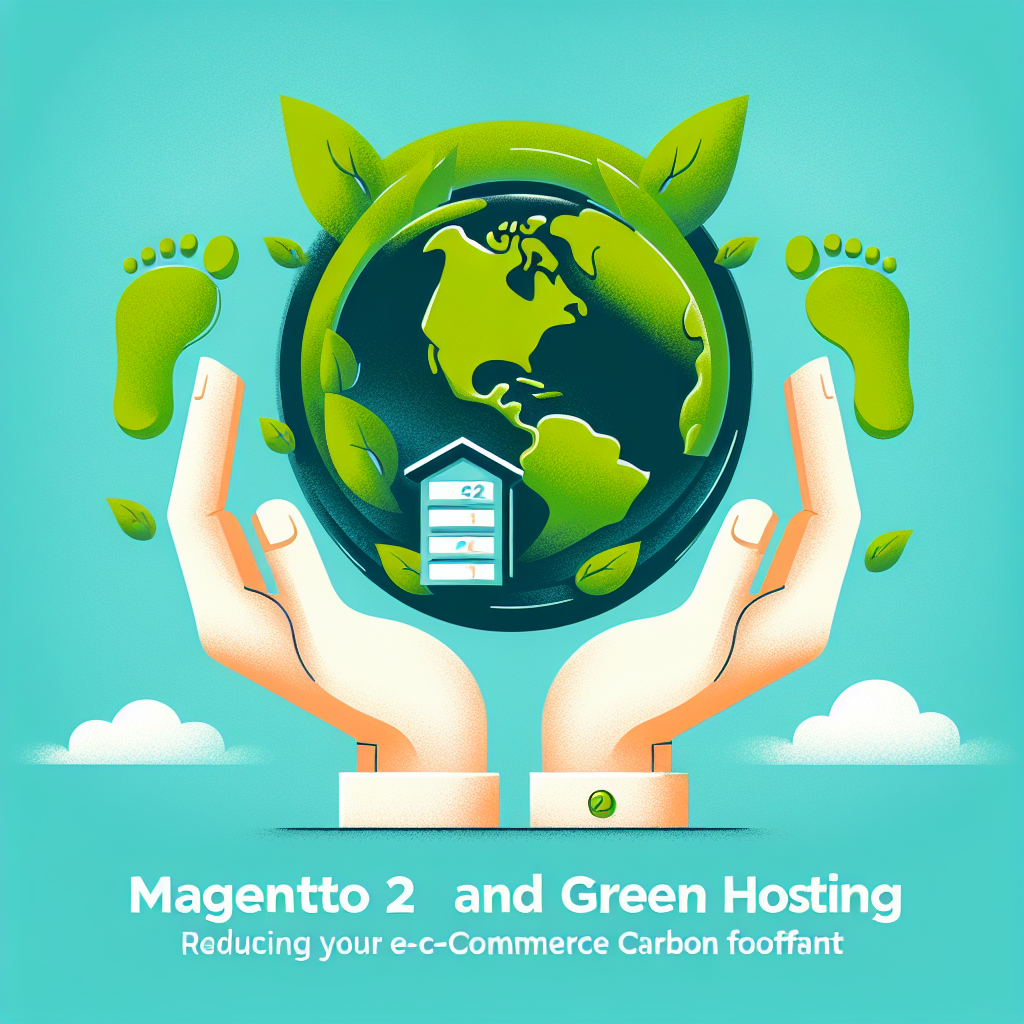Magento 2 and Green Hosting: Reducing Your E-Commerce Carbon Footprint

Magento 2 and Green Hosting: Reducing Your E-Commerce Carbon Footprint
Running an online store comes with responsibilities—not just to your customers, but also to the planet. As e-commerce grows, so does its environmental impact. But here’s the good news: by choosing green hosting for your Magento 2 store, you can significantly reduce your carbon footprint while maintaining top performance.
In this post, we’ll explore how Magento 2 store owners can adopt eco-friendly hosting solutions without sacrificing speed or reliability. Plus, we’ll dive into practical steps, including server optimizations and sustainable extensions, to make your store greener.
Why Green Hosting Matters for Magento 2
Traditional web hosting relies on energy-intensive data centers, contributing to CO₂ emissions. Green hosting providers, on the other hand, use renewable energy, energy-efficient hardware, and carbon offset programs to minimize environmental impact.
For Magento 2 stores, switching to green hosting means:
- Lower carbon emissions – Your store runs on clean energy.
- Better brand reputation – Eco-conscious customers prefer sustainable businesses.
- Cost efficiency – Some green hosts optimize resource usage, reducing server costs.
How to Choose a Green Hosting Provider for Magento 2
Not all "green" hosting is created equal. Here’s what to look for:
- Renewable Energy Certificates (RECs) – Ensure the provider uses wind, solar, or hydro power.
- Energy-efficient hardware – Look for hosts with SSD storage and low-power CPUs.
- Carbon offset programs – Some providers invest in reforestation or clean energy projects.
- Magento 2 compatibility – The host should support PHP 8+, MySQL, and Elasticsearch.
Some top green hosting providers for Magento 2 include:
- GreenGeeks – 300% renewable energy match.
- Kinsta – Google Cloud’s carbon-neutral infrastructure.
- A2 Hosting – Carbon-neutral since 2007.
Optimizing Magento 2 for a Smaller Carbon Footprint
Even with green hosting, your store’s efficiency matters. Here’s how to optimize Magento 2 for sustainability:
1. Enable Full Page Cache (FPC)
Caching reduces server load, which means less energy consumption. Magento 2’s built-in FPC can be enabled via:
bin/magento cache:enable full_pageFor even better performance, consider Varnish Cache:
# Install Varnish
sudo apt-get install varnish
# Configure Magento to use Varnish
bin/magento setup:config:set --http-cache-hosts=127.0.0.1:80812. Use a Lightweight Theme
Heavy themes slow down your store and increase energy use. Opt for minimalist designs like Luma or Porto.
3. Optimize Images with TinyPNG or WebP
Large images waste bandwidth and energy. Automate compression with:
# Install TinyPNG CLI
npm install -g tinypng-cli
# Compress all images in a folder
tinypng ./pub/media/catalog/product/*4. Reduce Database Load with Indexing
Magento’s indexing can be resource-heavy. Schedule it during off-peak hours:
# Set up a cron job for nightly reindex
0 2 * * * /usr/bin/php /var/www/html/bin/magento indexer:reindexEco-Friendly Magento 2 Extensions
Boost sustainability with these extensions:
- Magefan Green Shipping – Promotes low-emission delivery options.
- Amasty Carbon Offset – Lets customers donate to eco-projects at checkout.
- Clean Cache Automatically – Reduces server load by clearing old cache files.
Measuring Your Store’s Carbon Impact
Tools like Website Carbon Calculator (websitecarbon.com) estimate your store’s emissions. For deeper insights, use:
# Install GTmetrix for performance analysis
curl -L https://gtmetrix.com/api/ -d "url=https://yourstore.com"Final Thoughts
Switching to green hosting and optimizing your Magento 2 store isn’t just good for the planet—it’s also smart business. Faster load times, happier customers, and a cleaner conscience? That’s a win-win-win.
Ready to go green? Check out Magefine’s eco-friendly Magento 2 hosting solutions to get started!





